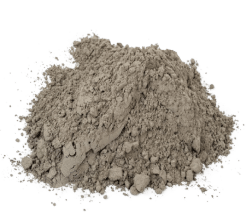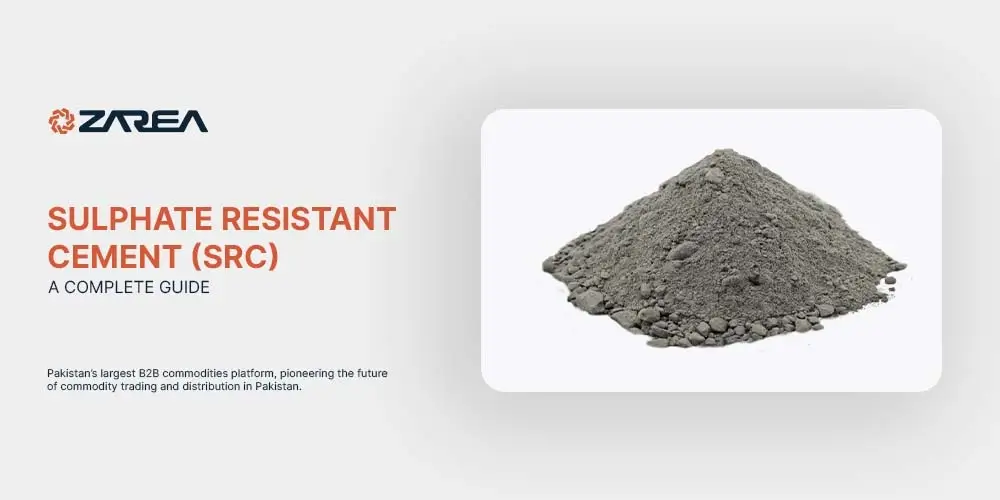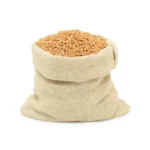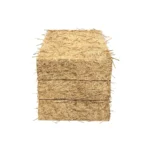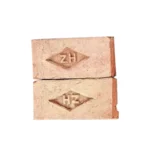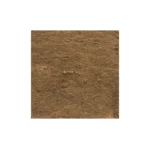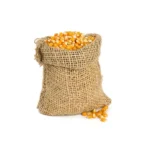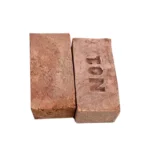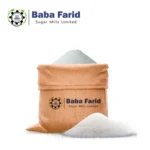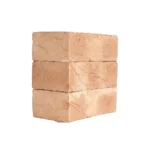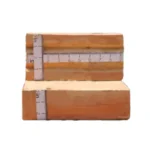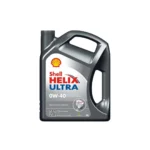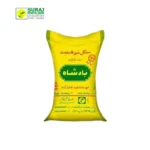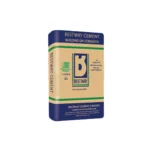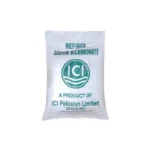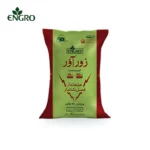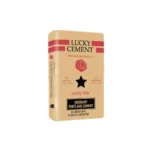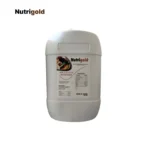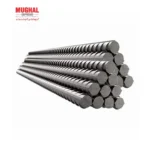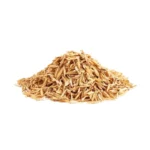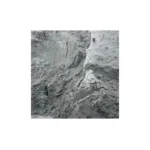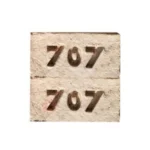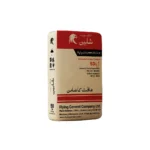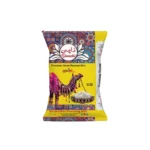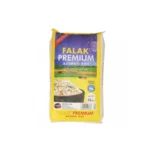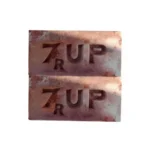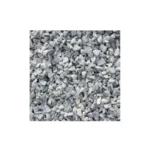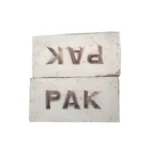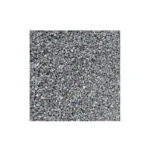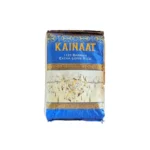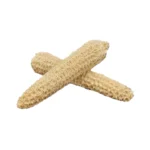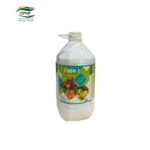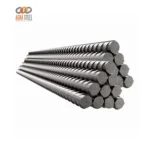Introduction – Sulphate Resistant Cement (SRC):
Engineers design Sulphate Resistant Cement (SRC) to withstand circumstances common in areas with high sulphate levels. Builders often employ it in projects where the soil or groundwater shows high sulphate concentrations, thus reducing the likelihood of structural harm caused by sulphate-induced decay.
SRC defines a type of Portland Cement by restricting the tricalcium aluminate (C3A) content to less than 5% and limiting the total amount of (2C3A + C4AF) to below 25%. This formulation reduces the creation of sulphate salts, thereby decreasing the chances of sulphate damage to the concrete. This guide provides a thorough analysis of the characteristics, applications, benefits, and costs of Sulphate Resistant Cement in Pakistan.
Composition of Sulphate Resisting Cement:
Sulphate resisting cement has a low quantity of tricalcium aluminate, leading to a restricted formation of calcium aluminate during hydration. Employing sulfate-resistant cement greatly reduces the formation of calcium sulpho-aluminates, which result from the reaction between calcium sulpho-aluminate and sulfate salts. The expansive characteristics of these sulfate aluminates may cause significant harm to concrete. As a result, builders find this kind of cement especially appropriate for constructions exposed to severe chemical conditions.
Key Properties of Sulphate Resisting Cement:
- Lowered C3A Levels: Decreases the risk of damage from sulphates.
- Enhanced Resilience: Encourages longer durability in tough environments.
- Improved Resistance to Chemical Reactions: Perfect for application in foundations, bridges, and maritime structures.
- Strength Development: Similar to Ordinary Portland Cement (OPC) but provides better performance in sulfate-exposed environments.
Characteristics and Applications of (SRC):
This cement provides excellent protection against chloride ions, thus decreasing the chances of corrosion in reinforced steel. Furthermore, it guarantees enhanced concrete durability and structural integrity in extremely aggressive environments caused by sulphates and acids. In addition, it improves workability and pumpability. This cement shows marked enhancement in strength during the later phases of concrete growth.
- Marine Structures: Ideally designed for building piers, docks, and seawalls.
- Subterranean Structures: Utilized in the foundations and basements that come into contact with sulphate-laden soil.
- Water Treatment Plants: Ensures durability in wastewater and sewage handling systems.
- Dams and Bridges: Offer defense against extended chemical deterioration.
- Industrial Construction: Suitable for manufacturing plants and chemical processing facilities.
Uses and Advantages of Using SRC:
- Wastewater treatment facilities.
- Smoke stacks and cooling structures.
- Coastal defense constructions like seawalls, breakwaters, and tetrapods.
- Building endeavors situated by the shoreline.
- Chemical production plants, water reservoirs, pits, and drainage initiatives.
- Suitable for subterranean building where sulphate exists in the soil and water.
- Base elements.
- Piling activities.
- Construction activities related to soils or groundwater that contain sulphate salt levels greater than 0.2% or 0.3% g/l, respectively.
- Concrete areas subjected to alternating wet and dry conditions, such as bridge supports, tidal zone concrete, aprons, and similar surfaces.
Major Advantages of SRC
- Prolonged Durability: Utilizing sulphate-resisting cement provides better defense against the formation of sulpho-aluminates, thus improving the concrete’s durability against sulphate exposure.
- Lowers Maintenance Costs: Outstanding compressive strength attained via an economical concrete mix design. Decreases the need for repairs and restoration activities.
- Boosts Structural Integrity: A low level of hydration heat helps in preventing shrinkage cracks. Prevents fractures and deterioration caused by chemical reactions.
- Suitable for Harsh Conditions: Increases the durability and longevity of structures subjected to severe environments. Able to withstand challenging environmental situations.
Disadvantages of Sulphate Resisting Cement:
- Cement that resists sulphates is not suitable for areas at risk of chloride exposure, as this can result in the corrosion of reinforcing steel.
- In cases where both chlorides and sulphates exist, experts recommend using Ordinary Portland Cement that has a C3A content between 5 and 8.
- They do not advise its application for marine construction purposes.
- The team should execute the curing procedure carefully for at least 8 to 10 days.
Price of Sulphate Resistant Cement in Pakistan:
The price of SRC varies according to the brand and current market circumstances. Below are the projected price ranges for major brands in Pakistan:
| Brand | Price per 50kg Bag (PKR) |
|---|---|
| DG Khan SRC | 1,300 – 1,500 |
| Lucky SRC | 1,250 – 1,450 |
| Maple Leaf SRC | 1,280 – 1,480 |
| Bestway SRC | 1,335 – 1,460 |
Prices may vary due to changes in the market and differences across regions.
Final Thoughts:
Sulphate Resistant Cement (SRC) is essential for building projects located in areas with elevated sulphate levels, as it ensures lasting strength and structural stability. In Pakistan, various brands provide SRC, and choosing the right one depends on the particular requirements of the project and budgetary factors. Zarea helps you to employ SRC which is a smart investment that protects against structural decline, minimizes maintenance costs, and extends the durability of buildings and infrastructure.
FAQ’s:
What is sulphate resistant cement?
Sulphate-resistant Cement has the capability to endure sulfate-containing mineralized water, rendering it especially ideal for underwater construction projects. This kind of cement improves the durability of concrete under severe environmental conditions, thereby reducing the chances of decay and structural collapse.
What is the use of SRC cement?
The use of SRC is recommended for multiple applications, such as foundations, piles, basements, and underground structures. It is likewise appropriate for water and sewage treatment plants, along with chemical, fertilizer, petrochemical production facilities, and food processing activities.
What is the difference between OPC and sulphate resistant cement?
The results indicate that the tensile strength of SRC concrete exceeds that of OPC concrete, irrespective of the curing technique used. On the other hand, the flexural strength of SRC concrete is lower than that of OPC concrete in both curing conditions. Furthermore, SRC concrete demonstrates enhanced compressive strength.
How to make sulphate resistant concrete?
They create SRC by heating a precisely measured blend of finely crushed limestone, shale, and iron oxide at high temperatures, which leads to the development of cement clinker. Before grinding, they add a small quantity of gypsum to the clinker to produce the final product, termed Sulfate-resisting Cement.
What is type 5 concrete?
The manufacturers produce different kinds of Portland cement: Type I, which is appropriate for general use; Type II, which they make for cases where concrete faces moderate sulfate exposure; Type III, which they design for uses requiring high early strength; and Type V, which they utilize when concrete is exposed to more extreme sulfate conditions.
